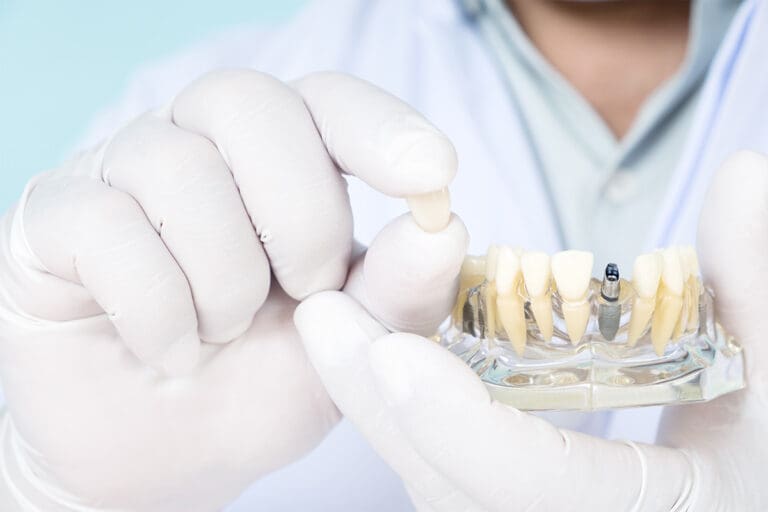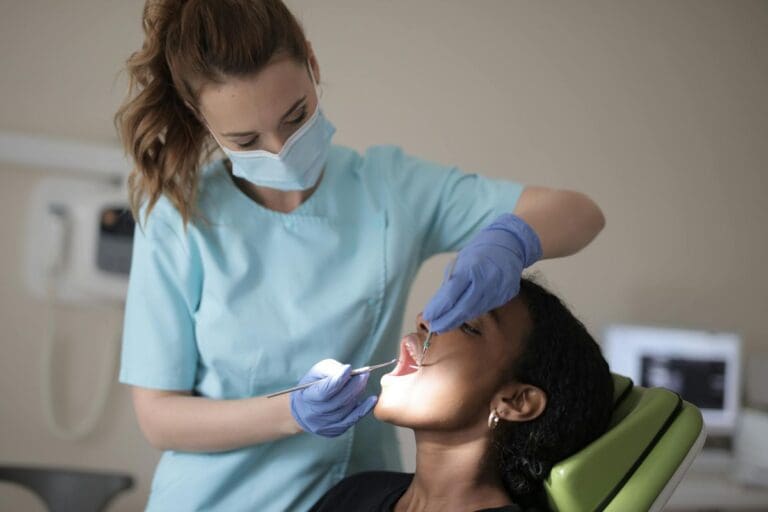It’s important to develop good dental habits early in life so that potential problems can be spotted and corrected. Additionally, early dental visits help children learn how to take care of their teeth properly. What may include those visits to the dental office are dental x-rays. This service easily determines if there is any decay in the baby’s teeth. If there is decay, they will most likely recommend treatment sooner than if the patient were an adult. This is because baby teeth are much smaller, and the decay can progress more quickly.
The frequency of x-rays depends on the individual child’s health and medical history. However, x-rays are generally considered safe, so there is no need to avoid them if a child’s doctor recommends them. This kind of dental service is recommended for children after they have two teeth touching, usually around 9–13 months old. Dentists may also want to take x-rays as certain teeth come through the gum line.
Just How Important Are They?
X-rays are a tool that dentists use to help spot problems with teeth, such as cavities, cracks, or decay. They are especially important for helping to keep baby teeth healthy. The earlier a dental problem is spotted, the easier treatment becomes.
X-rays also help the dentist examine teeth that are not yet visible. This allows the dentist to determine if the teeth will come in at the correct angle and if there is enough space for them. This is important to avoid crowding in the mouth.
Prepping for Their First X-Ray: The Different Kinds a Dental Office May Request
Several x-rays can be taken of a baby’s teeth, each serving a different purpose.
- Bitewings: A set of bitewings is a type of dental X-ray used to get a detailed view of the upper and lower teeth in one image. The name “bitewings” comes from the X-ray film between the teeth, and the patient is asked to bite down to keep it in place.
The X-rays help give a clear picture of the teeth in one area of the mouth, which can help detect decay or gum disease.
- Periapical: This type of x-ray is used to create a complete picture of one or two teeth. It can show every aspect of the tooth, from the root to the crown, to assess the root and bone structure.
- Occlusal: Occlusal x-rays help your dentist see how your child’s teeth fit together when they bite down. This can help them spot any problems with how the teeth are growing and ensure everything is developing correctly.
- Panoramic: A panoramic x-ray creates a picture of the whole mouth, including both rows of teeth. This type of X-ray is commonly used when diagnosing and treating issues related to tooth emergence or impacted teeth. Panoramic X-rays are also used in rarer situations involving tumors on the jaw.
- Cephalometric: Cephalometric x-rays are used when developing orthodontics. The X-ray allows the orthodontist to see the patient’s entire head and teeth to create a treatment plan.
Contact Waban Dental Group for Your Appointment Today
In need of dental x-rays for your child or a loved one with tooth problems? Set your appointment at Waban Dental Group today. We’re a dental office in Newton, MA, that provides a full range of services for your family. Drop by our practice or contact us via our website to learn more about our award-winning clinic.






